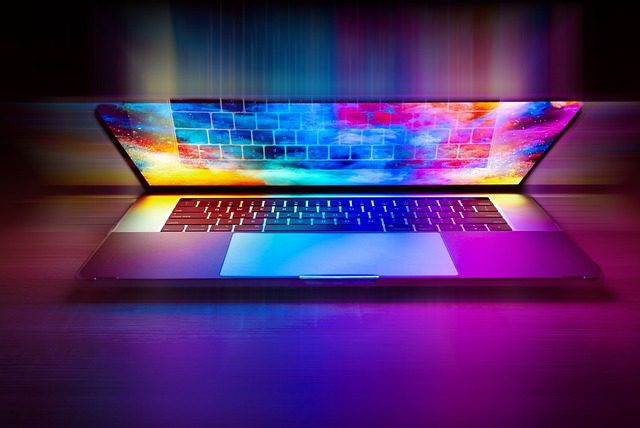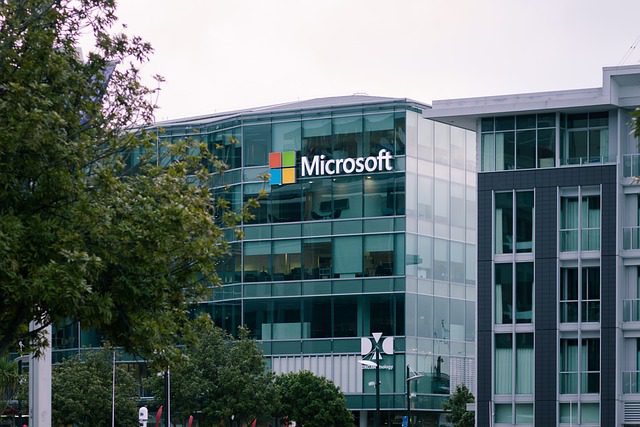Huawei introduces its first laptops powered by HarmonyOS, marking a significant step in reducing reliance on U.S. technologies.
Huawei Is Breaking the Mold
If you’re someone who follows the power plays of the tech world, Huawei’s latest announcement is one for the books. The Chinese tech giant has just launched its first-ever laptops powered entirely by HarmonyOS, marking a historic shift in the company’s roadmap.
For years, Huawei has been navigating a challenging landscape shaped by U.S. sanctions and restrictions. But now, they’re rewriting the rulebook—literally—by building their own path to independence, one operating system at a time.
Let’s dive into what these new laptops are all about and what this means for the future of global tech.
Huawei’s Vision: Self-Reliance Through HarmonyOS
In case you’ve missed the backstory, HarmonyOS is Huawei’s homegrown operating system. It was introduced in 2020 as an answer to Google’s Android, after Huawei lost access due to U.S. government restrictions.
Since then, HarmonyOS has evolved from a mobile OS to a cross-platform powerhouse—and this laptop launch proves it’s ready for bigger things.
This isn’t just about introducing a new product line. It’s about taking control of the entire tech stack—from software to hardware—and reducing dependency on foreign tech ecosystems like Microsoft Windows or Intel’s chipsets.
Meet the New Huawei HarmonyOS Laptops
At the center of the launch are two brand-new devices, each designed for different user needs. Whether you’re a fan of futuristic designs or traditional productivity tools, there’s something here for you.
1. MateBook Fold: The Future of Laptop Design
Price: 23,999 yuan (~$3,328 USD)
Display: Massive 18-inch OLED foldable screen
Keyboard: No physical keyboard; relies on virtual interface or external accessories
OS: HarmonyOS 5
This model is clearly designed to push boundaries. Think of it as the foldable smartphone of the laptop world. The absence of a built-in keyboard is bold and futuristic—perfect for digital artists, multi-taskers, and tech-savvy professionals who value screen space and portability.
If you’re someone who loves experimenting with tech or working on-the-go in creative fields, the MateBook Fold could be a glimpse into the future of mobile productivity.
2. MateBook Pro: A Nod to Classic Functionality
Price: Starting at 7,999 yuan (~$1,110 USD)
Design: Traditional laptop form factor
Keyboard: Standard physical keyboard
Display: Sleek high-res screen with slim bezels
OS: HarmonyOS 5
For those who prefer a more familiar design, the MateBook Pro is your go-to. It’s sleek, powerful, and offers all the essentials for everyday users—whether you’re a student, remote worker, or business professional.
What makes it stand out is the fluid integration with HarmonyOS, allowing seamless interaction with Huawei phones, tablets, and smart home devices.

HarmonyOS: More Than Just a Mobile OS
If you’re wondering whether HarmonyOS is ready for laptops—the answer is yes. Here’s what makes it exciting:
Over 150 Compatible Applications: From productivity tools to entertainment apps, HarmonyOS is rapidly expanding its ecosystem.
Used on Over 1 Billion Devices Globally: Including smartphones, tablets, TVs, wearables, and now—laptops.
Continuous UI and Ecosystem Integration: HarmonyOS allows you to drag and drop files, mirror screens, and use your Huawei phone as a wireless keyboard or trackpad.
For users, this means a frictionless experience across devices, similar to what Apple offers with macOS and iOS. Huawei wants to offer that same kind of synergy—but on its own terms.
Strategic Motivations: Escaping U.S. Sanctions
Let’s be real: this move wasn’t just driven by innovation—it was born from necessity.
Since 2019, Huawei has been facing major sanctions from the U.S., which blocked access to:
Google services and Android updates
Key chips from companies like Intel and Qualcomm
U.S.-based software licenses like Windows
So what’s the strategy? Build everything in-house. By developing HarmonyOS and custom chips (like the Kirin series), Huawei is:
Reducing exposure to U.S.-based supply chains
Creating a sustainable alternative to Western tech ecosystems
Securing control over data, software, and user privacy
This launch sends a clear message: Huawei won’t be slowed down by international politics.
Global Implications: A Shift in Tech Power Dynamics
You might be thinking—how does this affect me?
Here’s the thing: this isn’t just a Huawei story. It’s a global tech story with implications for:
Consumers: You now have more operating system choices outside Windows, macOS, and ChromeOS.
Developers: New platform = new opportunities to build, test, and sell applications in a fast-growing market.
Competing Brands: Huawei’s bold move could inspire others like Xiaomi, Oppo, or even Samsung to follow suit with proprietary OS laptops.
Geopolitics & Data Security: As tech continues to intersect with politics, countries are watching closely. Expect more emphasis on digital sovereignty across Asia, Africa, and even parts of Europe.
Challenges Ahead: Is HarmonyOS Ready to Compete?
Of course, it’s not all sunshine and roses. Huawei still faces challenges, such as:
Limited global app compatibility
Developer adoption hurdles outside China
Potential patent disputes with Western OS developers
But if you look at their progress—going from smartphone OS to a full-fledged laptop platform in just 4 years—that’s seriously impressive.
Huawei’s HarmonyOS Laptops Mark a Turning Point
Whether you’re an early adopter or a casual observer, Huawei’s launch of HarmonyOS laptops is a significant milestone in tech history.
It’s not just about innovation—it’s about survival, independence, and shaping a new future for global technology. Huawei is showing the world that it can still lead, create, and compete—even without the tools it once relied on.
If HarmonyOS continues to evolve, we could be witnessing the rise of a truly global alternative to Windows and macOS.







